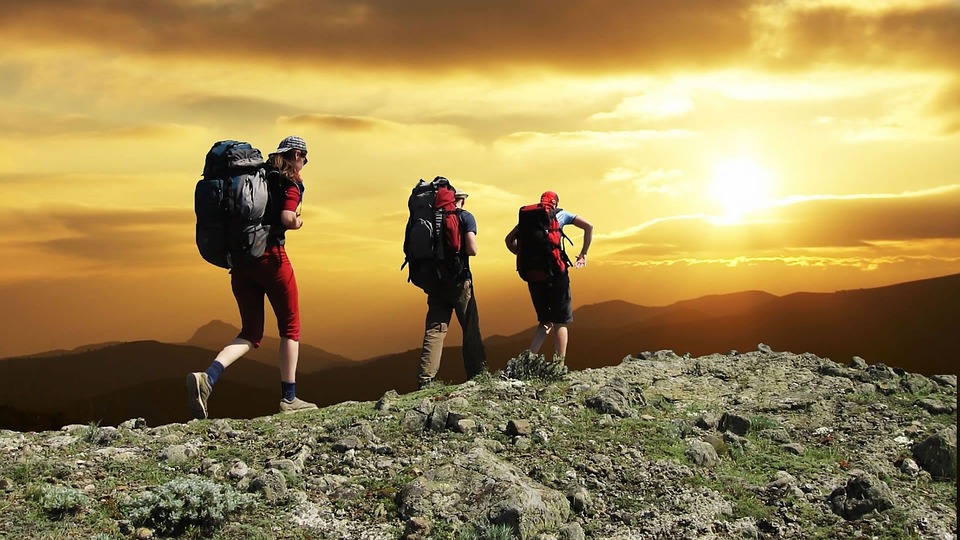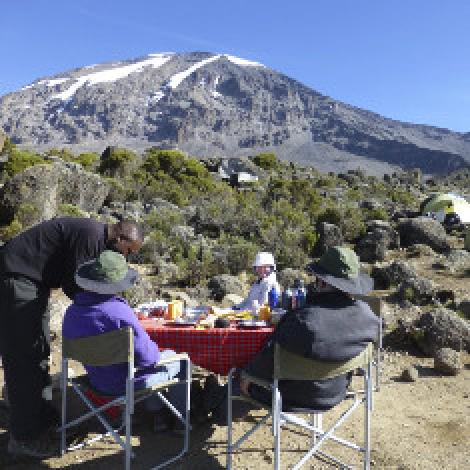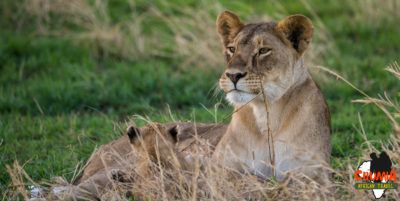Preparation For High Altitude
Mountain trekking – Preparation for High Altitude
Getting your body in great shape through physical training certainly helps prepare you for altitude. However, the ability to adjust quickly to the changing oxygen content is largely genetic. As the Kilimanjaro climbing success rates show, some people can climb Kilimanjaro in as little as 5 days (not recommended), while some still fail with 8 days. It is impossible to tell how well a prospective climber may fare in an oxygen deprived atmosphere until he or she is actually in it.
High altitude training systems enable climbers to pre-acclimatize at home, drastically improving the success rate, safety and enjoyment of the climb.
Altitude training systems simulate high altitudes to induce beneficial biological adaptations in the body. Besides going to (and staying in) high altitude places, using a high altitude training system is only way to pre-acclimatize to high altitude before your trip
Altitude training systems work by simulating the high altitudes found on Mount Kilimanjaro. The altitude training system reduces the percentage of oxygen in the air you breathe. Through regular use, the body undergoes physiological changes to cope with the lower oxygen level.
Without pre-acclimatization, as climbers ascend on Kilimanjaro, their bodies respond with short-termadaptations. These quick-response adaptations are meant primarily to prevent sickness and allow for some semblance of normal cardiovascular and muscular performance in an oxygen deprived environment.
Pre-acclimatization through altitude training systems produces long-term adaptations, such as an increase in red blood cells, blood volume, and efficiency of oxygen absorption. These adaptations help:
- Reduce the Incidence of Acute Mountain Sickness.Acute Mountain Sickness (AMS) is the main reason climbers fail on Mount Kilimanjaro. Most people will experience some symptoms of AMS. Pre-acclimatization can reduce or eliminate symptoms of AMS.
- Increase performance on the mountain.Pre-acclimatization significantly improves the body’s mechanisms for delivering oxygen to the muscles. The result is increased aerobic and anaerobic performance on Kilimanjaro, such as hiking strength and endurance.
- Increase recovery on the mountain. Breathing rates and oxygen intake decreases when the body is asleep. In an oxygen deficient environment, many people have difficulty sleeping. Pre-acclimatization enables people to sleep well, and thus, recover after physical activity.
Climbers can pre-acclimatize while exercising by wearing an exercise mask during light workouts. To achieve benefits, it is enough to spend 30-40 minutes on a bike, elliptical or treadmill for 3-4 times a week. We recommend exercising at a simulated altitude of 10,500 feet for 6-8 weeks for proper pre-acclimatization for Kilimanjaro. These sessions are not meant to replace normal workouts, but are in addition to regular workouts in your Kilimanjaro training program.
Also climber can pre-acclimatize while resting – such as while watching television, reading, or surfing the internet. Wearing the mask daily, for one hour a day, at high altitudes is required. We recommend wearing the mask at a simulated altitude of 20,000 feet for 6-8 weeks for proper pre-acclimatization for Kilimanjaro.
Each method is effective in attaining acclimatization prior to climbing Kilimanjaro. Climbers do not have to engage in more than one method, but using multiple methods will yield greater results.
Increase your summit success rate, prevent AMS, and improve your performance on Mount Kilimanjaro
 +255 756 010 739 +33 6 24 82 09 36
+255 756 010 739 +33 6 24 82 09 36







